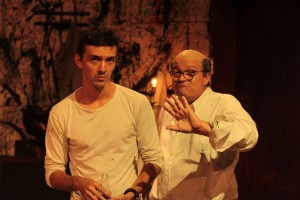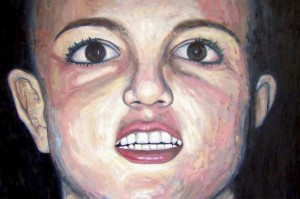This collection brings together
portraits of famous women.
Ones by their rank of queens and princesses, others by their history,
almost all by their beauty.

I spent about year with the catalog on my desk. Like everything else, art also carries with it the tricks and pet phrases of old forms. The most I, who until then only painted, had been able to do to the book was a very ugly intervention of a skull on a plate with a quote in Latin that prayed about vanity, in one of the last pages. At that time I was interested enough in this subject and I thought I could build an object-book that dealt with the subject, but my approach was not successful.
Contrary to Frenhoffer*, who abstracts himself in the specificity of the model (even if they do not exist), and who he ends up turning into a mess, a stuffing, a shapeless mass … what I found was that the real model does not survive the pictorial result.
In the mind of the painter –of the painters, the real ones–, the models coincide among themselves and adapt to the one the painters have prefigured in their heads, which they translate in the stroke that is fixed to the canvas.
(Contrary?)

One day I cut a photo. I removed the eyebrow carefully and glued it on another photo identical to that one. Even though they were the same image, something was undone. The two portraits gave way to a very disconcerting, invisible third portrait.
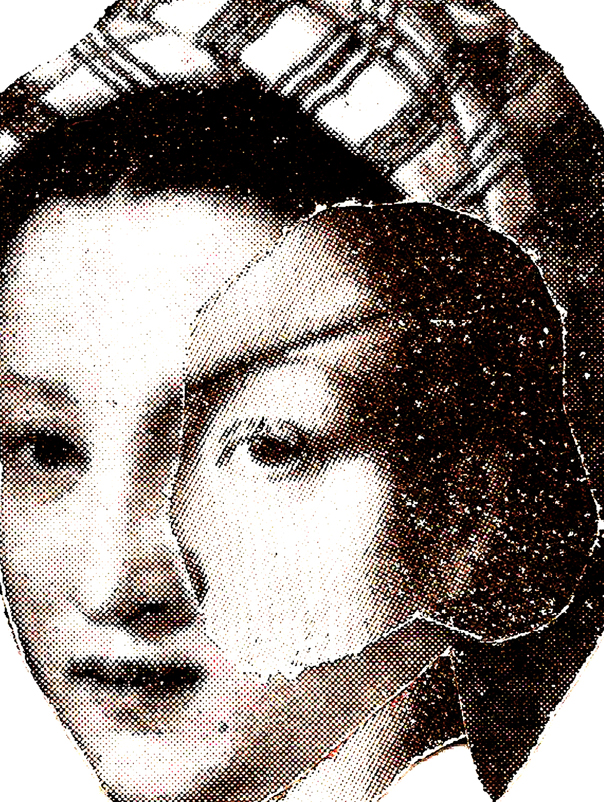
After a while, I grabbed the book and began to disassemble it, to remove the pages and separate them: to dissect it. I had just seen an exhibition of Roberto Obregón’s work, so I have no problem saying that this action was far from casual and was deliberately causal.
I was tired of this mania of wanting to paint, to believe that it was only possible for me to intervene by painting. I was more obsessed with my inability to paint at that time than with painting itself.
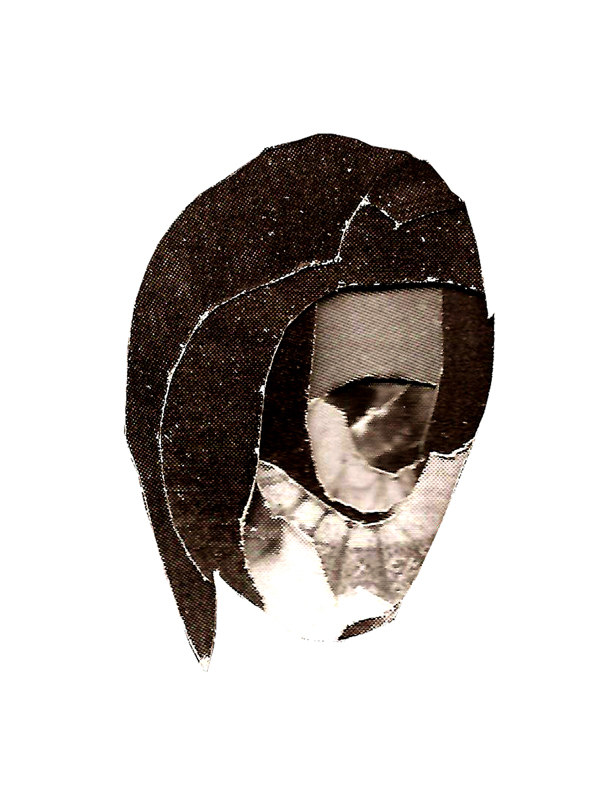
There is a video on YouTube in which, for approximately two minutes and thirty seconds, the most important portraits of women in the history of art mutate into each other. It shows, much more clearly than I can, how the object/model dissolves into in the painting, the gestural coincidence –which I no longer know whether it resides the hand that paints or in what is posing and is painted: an abrupt nightmare of the physiognomy that is already a rather strange dream in itself.

To find a form for the void, in order to diminish the dependence to background that emerges in any cut, sectioned piece of paper when it is placed upon a wall. The inescapable wall of art. In this case, the form will be the counter-form: the result that allows you to place one page over the other until groups of sheets are formed that create something visually interesting and aesthetically consistent with the rest of the work. Instead of accumulating voids, pages and images are superimposed.

* The Unknown Masterpiece by Balzac.
About the artist:
José Miguel Del Pozo (San Felipe, Yaracuy) studied Graphic Design (UNEY), Literature (UCV), and participated in the ONG (Organización Nelson Garrido). He was part of the salon Jóvenes con FIA in 2009, where he obtained an honorable mention. His solo show Ejercicios de apropiación took place in Espacio Mad in Caracas (2010). He has also exhibited his work in Galería en Casa (2011), Casa de locos (2012) and CACRI (2012).
Famous Women (Mujeres célebres) was exhibited at Sala Mendoza, under the curatorship of Luis Romero Lee, as part of the exhibition Meditation-Struggle-Beauty-Time, in the project Three Looks at Contemporary Art (2013).








